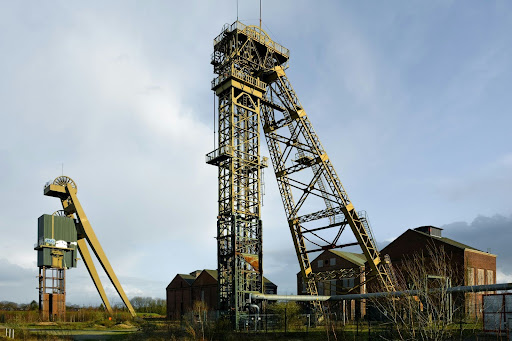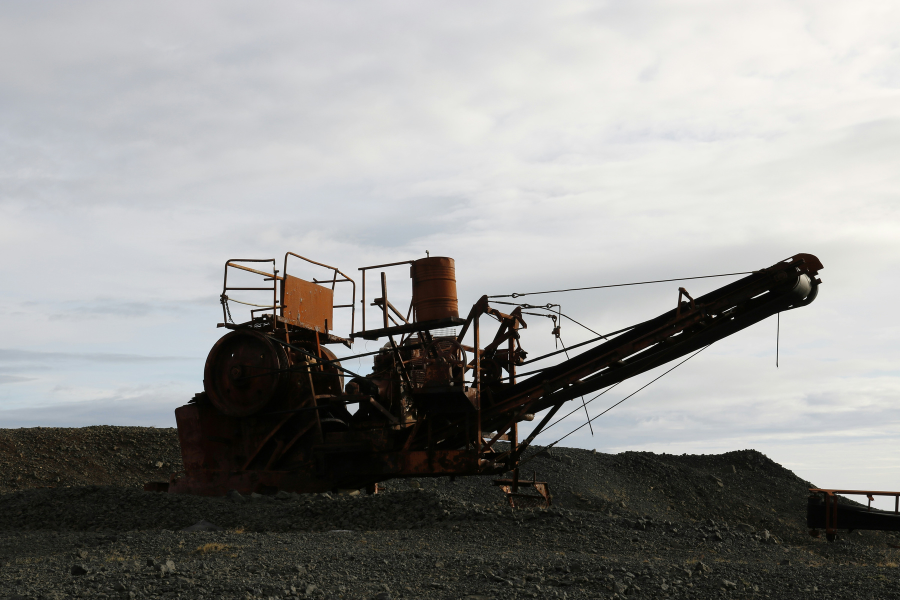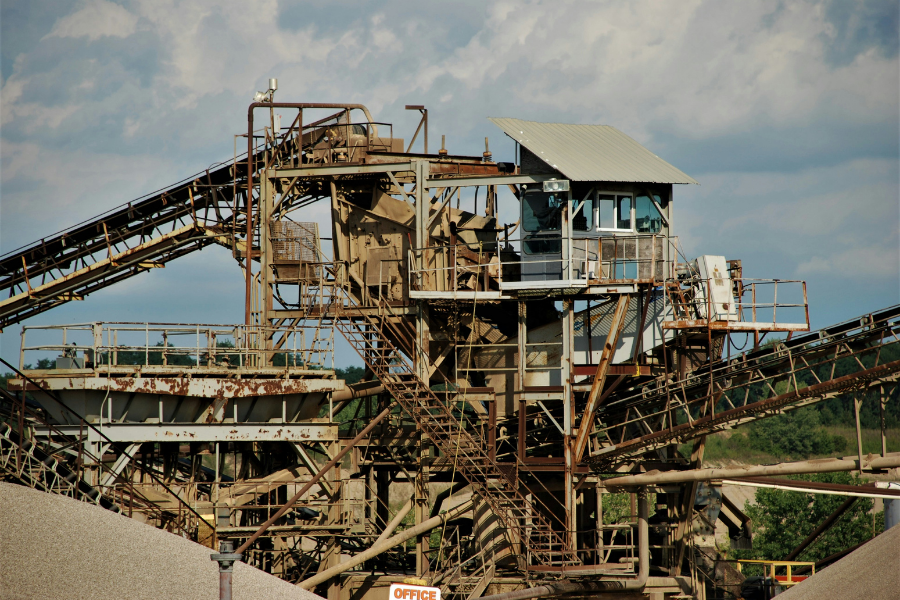Enhancing the Seismic Resilience of Mining Structures for Greater Safety and Stability
When we think of seismic activity, Australia isn’t usually front of mind. But in regions like the Pilbara, Yilgarn, and parts of South Australia, low-to-moderate seismicity is a real consideration, particularly when it comes to critical mining structures and infrastructure in the sector.
While earthquakes here may not match the magnitude of those in Japan or California, the consequences of ignoring seismic design, especially in isolated and high-value assets, can be significant. For structural engineers designing mining structures, seismic resilience isn’t about overdesigning for the improbable. It’s about applying the right standards and detailing so that structures perform reliably when unexpected loads occur.
Locating heavy equipment on the ground rather than the top of a structure, where practical to do so, is one easy way to reduce seismic forces and reduce damage. Another is to specify squat tanks in lieu of taller ones with smaller diameter. If the geometry doesn’t affect the process, a squat tank performs better in an earthquake. At Yenem, we prefer to get rid of a problem, rather than trying to design for it.
Understanding the Risk: Seismic Activity in Mining Regions
Australia is an intraplate country, but that doesn’t mean it’s immune to quakes. The 1989 Newcastle earthquake caused billions in damage. The 2021 magnitude 5.9 quake near Mansfield again showed that seismic forces can impact areas far from major fault lines.
In mining regions, even moderate ground motion can stress mining structures such as elevated bins, tank stands, conveyor gantries, or plant buildings. Fatigue-prone welds and aging connections can make older assets especially vulnerable.
Applying the Standards: AS 1170.4 and Beyond
AS 1170.4 provides the framework for earthquake actions in structural design across Australia. For industrial and mining structures like crushers, transfer towers, and stacker bases, this means:
- Classifying site-specific seismic hazard
- Assigning Importance Levels (IL), often IL3 or higher in mining
- Designing lateral force-resisting systems and connections for resilience is essential in ensuring the safety and functionality of structures subjected to seismic, wind, or other lateral loads. A resilient system not only resists collapse during extreme events but also minimises damage and allows for rapid recovery. Design strategies must account for redundancy, capacity design principles, and realistic load paths to enhance performance under cyclic or dynamic loading.
This code was revised in 2024. It consolidated the amendments since 1170.4-2007, but also made changes to the hazard map and calculations for base shear.
At Yenem, we ensure we’re using the latest standards, and keep up with the trends that influence the next revisions of the codes. We also integrate seismic loads into broader structural models early in the design phase, ensuring performance without unnecessary bulk.
Design Details That Matter Most
Often, seismic failure in mining structures isn’t about member strength, it’s about connection failure. Attention to detailing can mean the difference between a safe, ductile response and catastrophic collapse. Even robust structural members can become liabilities if the connections between them are not designed to accommodate inelastic deformation and force redistribution. Emphasising connection integrity through proper welding, bolting, and joint detailing is essential for achieving overall structural resilience.
- Anchor Bolts
Must resist both uplift and lateral forces. Embedment depth, washer sizing, and edge clearance all contribute to their effectiveness. Equally important is ensuring proper installation and inspection of these anchors, as even well-designed systems can fail if not executed correctly. Factors such as concrete quality, curing conditions, and field tolerances play a critical role in anchor performance under load.
- Base Plates
Shear keys or lugs can help manage lateral force transfer. Oversimplified or undersized base plates are common failure points in older structures. To improve performance, modern base plate design must consider not only axial and bending loads but also the interaction between anchor bolt placement, grout thickness, and bearing pressure on the concrete.
- Structural Connections
Bolted connections that allow minor rotation or slip tend to absorb seismic energy better than brittle welded joints. Smart detailing ensures controlled deformation.

Retrofitting: Giving Older Structures a Fighting Chance
Many mining structures were built before seismic design was part of the conversation. But upgrading doesn’t have to be complex or expensive.
What to look for in an audit:
- Weak anchor systems
- Fatigue cracks near rigid connections
- Unsupported spans with high mass (e.g. pipe racks or bins)
- Lack of clearly defined structural systems (load paths) When structural systems lack clearly defined and continuous load paths, forces from gravity, wind, or seismic events may not be effectively transferred to the foundation. This ambiguity often results in localised overstressing, unintended load sharing, and unpredictable failure modes.
What we do:
- Add bracing or shear panels
- Replace undersized anchors
- Strengthen critical connections is essential for enhancing the overall resilience and safety of a structure, particularly under dynamic or extreme loading conditions. Upgrading may involve adding welds, bolts, gusset plates, or using higher-grade materials, as well as improving detailing for ductility and deformation capacity.
Whether you’re modernising a stacker support frame or reviewing tank foundations, retrofitting ensures your infrastructure remains fit for purpose—and insurable.
Built to Endure. Designed by Yenem.
Seismic resilience in mining structures isn’t about fear, it’s about function. When structural integrity and operational uptime are non-negotiable, the best defence is a well-engineered structure grounded in current standards.
At Yenem Engineering Services, we deliver structural solutions that don’t just meet code – they withstand the realities of the Australian environment, from cyclonic winds to seismic motion. If your site’s infrastructure hasn’t had a seismic check-up, now’s the time.
Is your infrastructure ready for what lies beneath? Book a structural audit with Yenem Engineering today.


